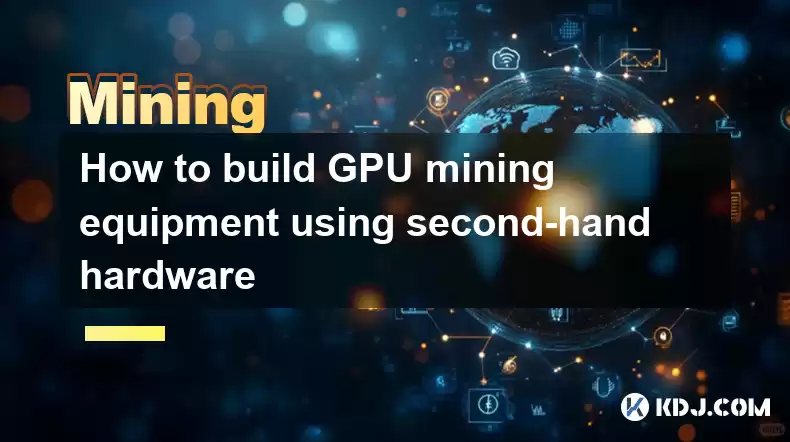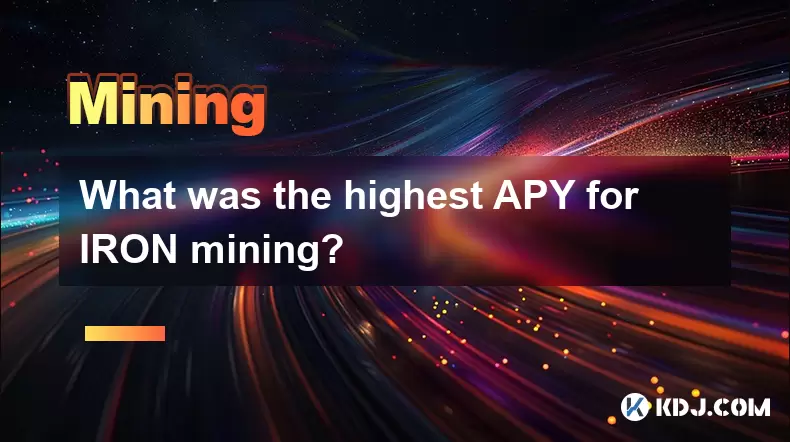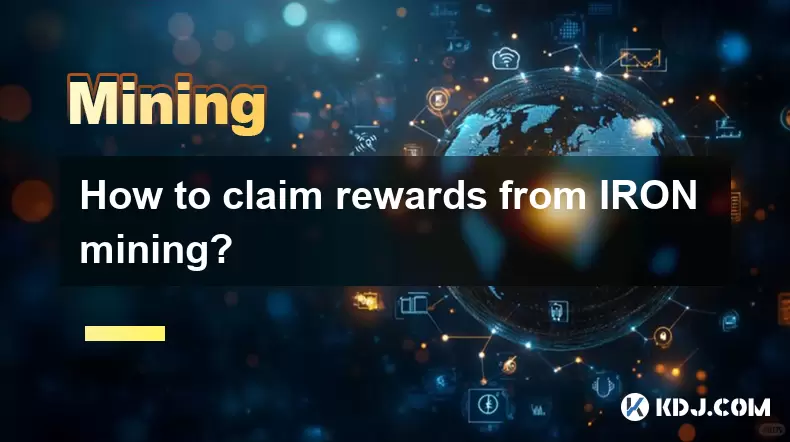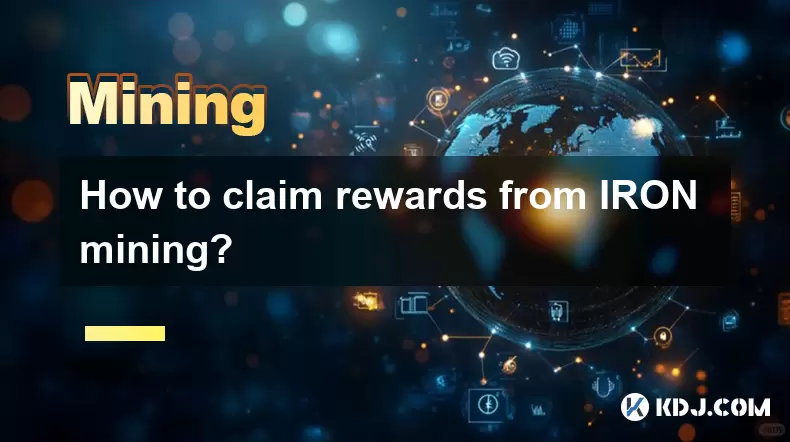-
 Bitcoin
Bitcoin $114400
1.32% -
 Ethereum
Ethereum $3499
2.20% -
 XRP
XRP $2.922
4.26% -
 Tether USDt
Tether USDt $0.0000
0.03% -
 BNB
BNB $752.6
1.53% -
 Solana
Solana $161.8
1.64% -
 USDC
USDC $0.9999
0.01% -
 TRON
TRON $0.3267
1.32% -
 Dogecoin
Dogecoin $0.1991
3.02% -
 Cardano
Cardano $0.7251
3.29% -
 Hyperliquid
Hyperliquid $38.32
3.36% -
 Stellar
Stellar $0.3972
7.58% -
 Sui
Sui $3.437
2.74% -
 Chainlink
Chainlink $16.29
3.65% -
 Bitcoin Cash
Bitcoin Cash $545.3
3.70% -
 Hedera
Hedera $0.2482
7.49% -
 Ethena USDe
Ethena USDe $1.001
0.03% -
 Avalanche
Avalanche $21.40
2.02% -
 Toncoin
Toncoin $3.579
1.56% -
 Litecoin
Litecoin $109.3
2.20% -
 UNUS SED LEO
UNUS SED LEO $8.951
-0.18% -
 Shiba Inu
Shiba Inu $0.00001220
2.75% -
 Polkadot
Polkadot $3.613
2.99% -
 Uniswap
Uniswap $9.173
3.78% -
 Monero
Monero $302.6
2.62% -
 Dai
Dai $0.0000
0.00% -
 Bitget Token
Bitget Token $4.320
1.52% -
 Pepe
Pepe $0.00001048
3.40% -
 Cronos
Cronos $0.1314
4.33% -
 Aave
Aave $259.4
3.54%
How to build GPU mining equipment using second-hand hardware
Building a cost-effective GPU mining rig with second-hand components requires careful selection of reliable GPUs like AMD Radeon RX 570, a compatible motherboard, and a high-wattage PSU.
Mar 30, 2025 at 11:21 am

Sourcing Second-Hand Components: The Foundation of Your Mining Rig
Building a GPU mining rig with second-hand hardware can be a cost-effective way to enter the cryptocurrency mining world. However, it requires careful planning and selection to ensure profitability and stability. The key is to find reliable used components at competitive prices. This often involves scouring online marketplaces like eBay, local classifieds, and dedicated hardware resale forums. Remember to always verify the seller's reputation before committing to a purchase.
Selecting Suitable GPUs: The Heart of Your Operation
The most crucial component for any mining rig is the Graphics Processing Unit (GPU). For second-hand purchases, prioritize cards known for their good mining performance and relatively low power consumption. AMD Radeon RX 570, RX 580, and RX 470 are frequently mentioned as good options due to their price-to-performance ratio in the used market. However, always check the card's condition thoroughly – look for signs of overheating or damage. Consider the age of the card as well, as older cards might have reduced hashrates compared to their newer counterparts.
Choosing a Motherboard: The Connecting Force
The motherboard serves as the central hub connecting all your components. When selecting a used motherboard, ensure it has enough PCIe slots to accommodate all your GPUs. Motherboards with at least six PCIe x16 slots are generally recommended for larger mining rigs. Pay close attention to the chipset and its compatibility with your chosen GPUs. A compatible chipset is vital for stable operation and prevents potential issues with driver installation. Always check the manufacturer's specifications to ensure compatibility.
Power Supply Unit (PSU): The Energy Source
The PSU is responsible for providing power to all your components. Underestimating the power requirements of your mining rig can lead to instability and damage. A high-wattage PSU is essential, ideally with sufficient headroom to avoid overloading. Calculate the power draw of each component and add a safety margin of at least 20%. Second-hand PSUs should be thoroughly tested before use to avoid potential failures that could damage other components. Look for reputable brands with a good track record of reliability.
CPU and RAM: The Supporting Cast
While the GPUs do the heavy lifting in mining, the CPU and RAM still play a supporting role. For mining, you don't need a high-end CPU. A budget-friendly CPU with sufficient processing power to run the mining software will suffice. Similarly, you don't need a large amount of RAM. 8GB of RAM is typically enough for most mining operations. Focus on choosing reliable used components rather than high-spec ones, as they won't significantly impact mining performance.
Case Selection: Housing Your Rig
The case should be large enough to accommodate all your components and provide adequate airflow for cooling. A spacious case with good ventilation is crucial to prevent overheating, especially with multiple GPUs. Consider a server rack case for larger mining rigs, as these are designed for efficient cooling and easy maintenance. Ensure there's enough space for cable management to prevent clutter and improve airflow.
Assembling Your Mining Rig: A Step-by-Step Guide
- Prepare your workspace: Ensure a clean, well-lit, and static-free environment. Use an anti-static wrist strap to prevent damage to sensitive components.
- Install the CPU and RAM: Refer to your motherboard's manual for the correct installation procedure.
- Mount the GPUs: Carefully install the GPUs into the available PCIe slots.
- Connect the PSU: Securely connect the PSU to the motherboard and all components.
- Install the operating system: Use a mining-optimized operating system like HiveOS or SimpleMining OS.
- Install mining software: Choose a mining pool and configure the software accordingly.
- Test and monitor: Run a test mining session and monitor temperatures and hashrates.
Cooling Considerations: Maintaining Optimal Temperatures
GPU temperatures are critical for maintaining mining rig stability and longevity. Adequate cooling is essential to prevent overheating and potential damage. Consider using additional case fans, GPU coolers, and possibly even a liquid cooling system for larger rigs. Monitor temperatures closely during operation, and adjust cooling as needed. High temperatures can significantly reduce hashrate and lifespan.
Power Consumption and Efficiency: Managing Costs
Mining can be energy-intensive. Monitoring power consumption is crucial for managing costs and ensuring profitability. Use a power meter to track energy usage. Consider using energy-efficient components and optimizing your mining software to reduce power consumption. Compare the electricity costs against the potential mining profits to ensure your operation remains financially viable.
Frequently Asked Questions
Q: What are the risks of using second-hand hardware for mining?
A: Risks include malfunctioning components, reduced lifespan, and potential incompatibility issues. Thorough testing and careful selection are crucial to mitigate these risks.
Q: How can I ensure the second-hand components are reliable?
A: Check seller reviews, request detailed photos and videos, and consider purchasing from reputable sellers or established businesses. Testing components before integrating them into your rig is also crucial.
Q: What operating systems are best suited for mining with second-hand hardware?
A: HiveOS and SimpleMining OS are popular choices known for their ease of use and mining optimization features. They are generally compatible with a wide range of hardware.
Q: How can I optimize my second-hand mining rig for maximum efficiency?
A: Optimize overclocking settings (carefully!), use efficient cooling solutions, and select a profitable cryptocurrency to mine. Regular maintenance and monitoring are also key.
Q: Are there any specific GPUs I should avoid when buying second-hand?
A: Avoid GPUs with known issues like high failure rates or poor mining performance. Research thoroughly before purchasing any specific model. Always prioritize reputable brands with proven track records.
Q: What's the best way to find second-hand mining GPUs?
A: Online marketplaces like eBay, Facebook Marketplace, and specialized hardware resale forums are good starting points. Local computer repair shops might also have used GPUs available.
Q: How do I calculate the power consumption of my mining rig?
A: Check the power specifications of each component (GPU, motherboard, CPU, etc.). Add them up, and add a safety margin of at least 20% to account for inefficiencies. Use a power meter to verify actual consumption.
Disclaimer:info@kdj.com
The information provided is not trading advice. kdj.com does not assume any responsibility for any investments made based on the information provided in this article. Cryptocurrencies are highly volatile and it is highly recommended that you invest with caution after thorough research!
If you believe that the content used on this website infringes your copyright, please contact us immediately (info@kdj.com) and we will delete it promptly.
- Altcoin Rotation, Smart Money, and Investment Trends: What's the Deal?
- 2025-08-04 12:30:11
- Crypto, Pi Network, Movement: Is Pi Coin the Next Big Thing?
- 2025-08-04 12:30:11
- Bitcoin, Metaplanet, and Institutional Confidence: A New Era?
- 2025-08-04 12:50:12
- XRP Price, Ripple CTO, and Tokenized Finance: A New York Minute on Crypto
- 2025-08-04 12:50:12
- Pi Coin: Future Access or Early Adoption Blues?
- 2025-08-04 12:55:11
- Ethereum Liquidations Rock Crypto Market: What's a New Yorker to Do?
- 2025-08-04 13:00:17
Related knowledge

What was the highest APY for IRON mining?
Jul 23,2025 at 05:14am
Understanding IRON Token and Its Mining MechanismThe IRON token is a stablecoin that operates within the Iron Finance ecosystem, primarily on blockcha...

What is impermanent loss in IRON pools?
Jul 23,2025 at 09:00am
Understanding Impermanent Loss in the Context of IRON PoolsImpermanent loss is a phenomenon that affects liquidity providers in decentralized finance ...

How to claim rewards from IRON mining?
Jul 23,2025 at 02:21pm
Understanding IRON Mining and Reward MechanismsIRON Finance operated as a decentralized finance (DeFi) protocol on the Polygon and Binance Smart Chain...

How to claim rewards from IRON mining?
Jul 29,2025 at 05:07am
Understanding IRON Mining and Reward MechanismIRON is a dual-token system designed to stabilize the value of a synthetic asset through a combination o...

IRON mining tutorial for beginners
Jul 27,2025 at 12:01am
What Is IRON and How Does It Work in the Cryptocurrency Ecosystem?IRON is a cryptocurrency token that operates on the Binance Smart Chain (BSC) and is...

How to calculate APY for IRON mining?
Jul 28,2025 at 09:49am
Understanding APY in the Context of IRON Token MiningWhen engaging in IRON token mining within decentralized finance (DeFi) platforms, Annual Percenta...

What was the highest APY for IRON mining?
Jul 23,2025 at 05:14am
Understanding IRON Token and Its Mining MechanismThe IRON token is a stablecoin that operates within the Iron Finance ecosystem, primarily on blockcha...

What is impermanent loss in IRON pools?
Jul 23,2025 at 09:00am
Understanding Impermanent Loss in the Context of IRON PoolsImpermanent loss is a phenomenon that affects liquidity providers in decentralized finance ...

How to claim rewards from IRON mining?
Jul 23,2025 at 02:21pm
Understanding IRON Mining and Reward MechanismsIRON Finance operated as a decentralized finance (DeFi) protocol on the Polygon and Binance Smart Chain...

How to claim rewards from IRON mining?
Jul 29,2025 at 05:07am
Understanding IRON Mining and Reward MechanismIRON is a dual-token system designed to stabilize the value of a synthetic asset through a combination o...

IRON mining tutorial for beginners
Jul 27,2025 at 12:01am
What Is IRON and How Does It Work in the Cryptocurrency Ecosystem?IRON is a cryptocurrency token that operates on the Binance Smart Chain (BSC) and is...

How to calculate APY for IRON mining?
Jul 28,2025 at 09:49am
Understanding APY in the Context of IRON Token MiningWhen engaging in IRON token mining within decentralized finance (DeFi) platforms, Annual Percenta...
See all articles

























































































